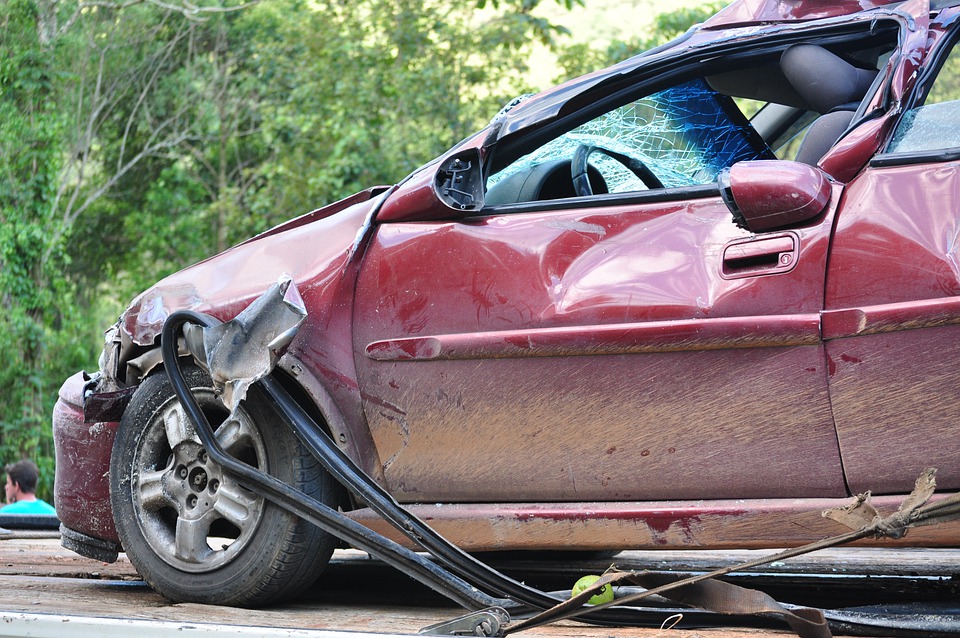Many people are under the impression that if they are even partially at fault for an accident, they will not be able to collect any compensation for their injuries. This is not true. In most states, you can still recover damages if you are less than 50% at fault for the accident. The amount of your recovery may be reduced by your percentage of fault, but you will still be able to recover something. This article discusses what happens when you are partially at fault for the accident.
When you are found to be more than 50% at fault for the accident, you will likely not be able to collect anything from the other driver. This is why speaking with an experienced attorney after an accident is so important. An attorney from tmaddenlaw.com/macon/ can help you determine how much fault you may be assigned and your chances of recovery.

Contents
How Partial Fault is Determined in an Auto Accident
There are a few ways that fault can be determined in an auto accident.
Looking For Police Reports
When the police come to the scene of the accident, they will likely file a report. This report will include the police determination of who was at fault for the accident; however, it is important to remember that police officers are not always accurate in their determinations. If you do not agree with the officer’s determination, you may need to present evidence to show that you were not at fault.
Witness Statements
Witnesses at the accident are asked for their statements which can be very helpful in determining who was at fault. If you have any witnesses who saw the accident, get their contact information, so your attorney can speak with them.
Accident Reconstruction
It may be necessary to hire an accident reconstructionist in some cases. An accident reconstructionist can look at the evidence from the accident and decide how it likely happened. This can be very helpful in cases where the fault is not clear.
Comparative Negligence
In some states, a fault is determined by a comparative negligence system. This means that each driver is assigned a percentage of fault for the accident. Your percentage of fault will reduce the number of damages you can recover. For example, if you are found to be 20% at fault for the accident, you can only recover 80% of your damages.
Contributory Negligence
A few states use a contributory negligence system. Suppose you are even partially at fault for the accident. In that case, you will not be able to recover any damages, which can be very unfair in some cases, so it is important to speak with an experienced attorney after an accident.
It is important to remember that each state has its laws regarding faults and accidents. Be sure to speak with an experienced attorney in your state to determine how fault will be determined in your case.
Several states are “no-fault” states. In these states, each driver’s insurance company will pay for their damages, regardless of who was at fault for the accident. It is important to ensure adequate coverage if you live in a no-fault state.
PIP or Personal Injury Protection is insurance coverage required in no-fault states. This coverage will cover your medical expenses and lost wages up to your policy’s limit. PIP coverage is generally very limited, so it is important to make sure that you have adequate health insurance.
Partially fault accidents are very complex. You can never be sure how fault will be determined in your case. Prevention through defensive driving is the best way to avoid an accident. The law surrounding auto accidents can be very confusing, especially if you are partially at fault for the accident.